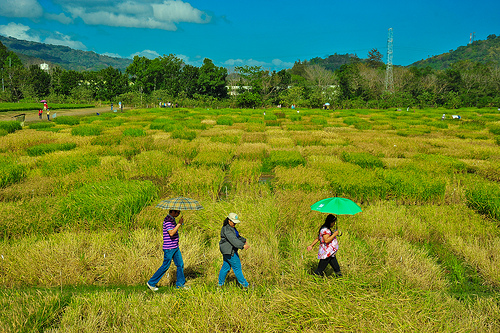Oh my. Quest Science is digging into Svalbard. I wonder what they’ll turn up.
Did you know there is a state-of-the-art seed vault buried deep inside a mountain on a remote island near the North Pole? Now is your chance to ask a scientist more about this initiative to safeguard the future of the world’s crop diversity. Post your questions in the comments below or send a tweet to @QUESTScience with the hashtag #QUESTseedvault.
QUEST’s television host, Simran Sethi, will do a Google+ Hangout with Luigi Guarino, Senior Scientist with Global Crop Diversity Trust, in early April. We look forward to including some of your questions in the conversation!
